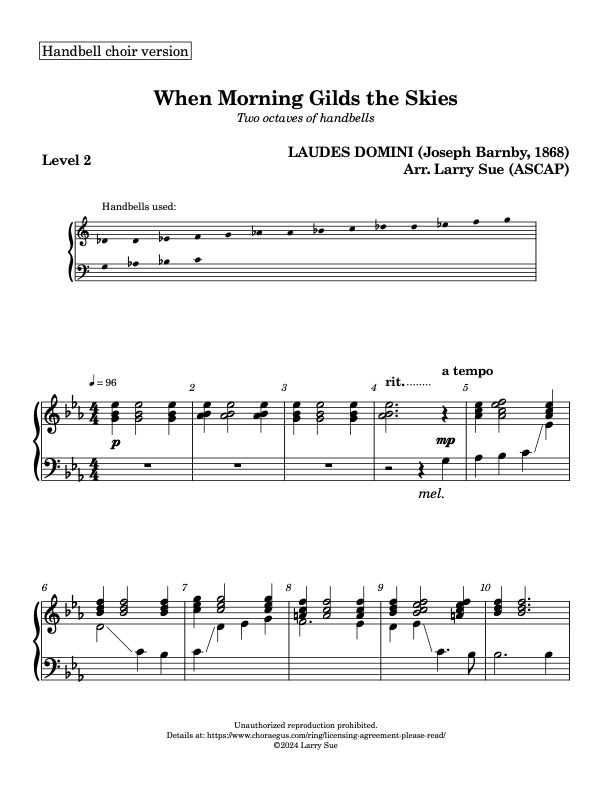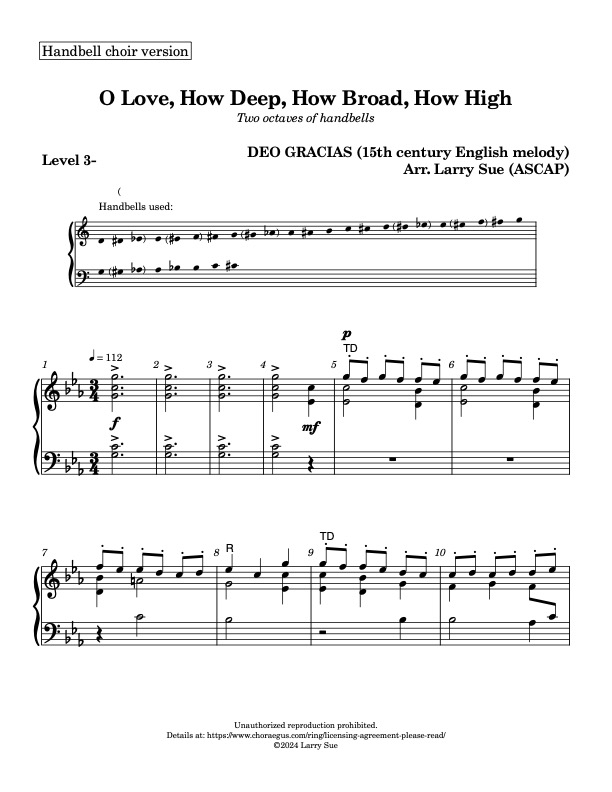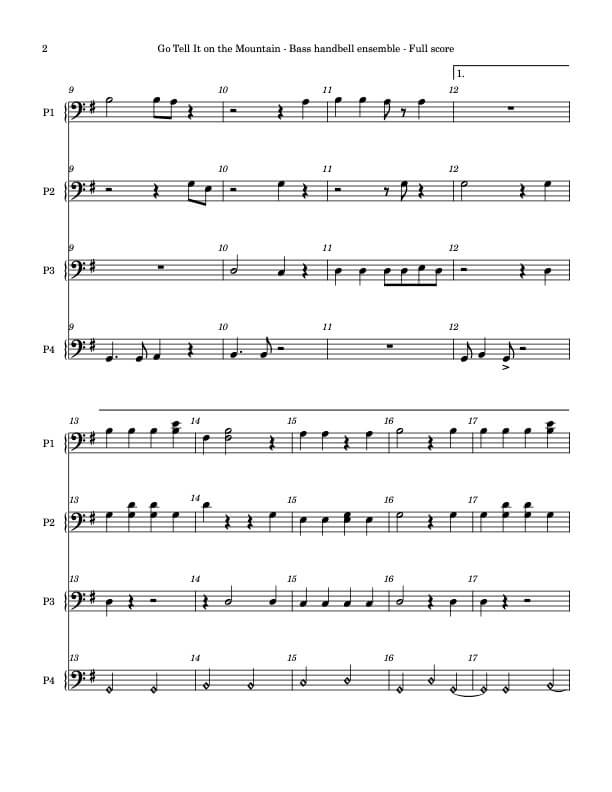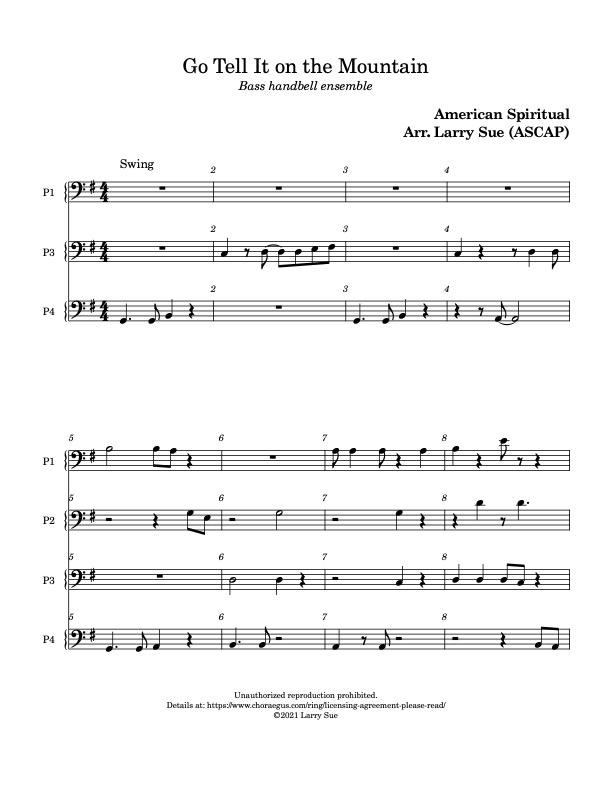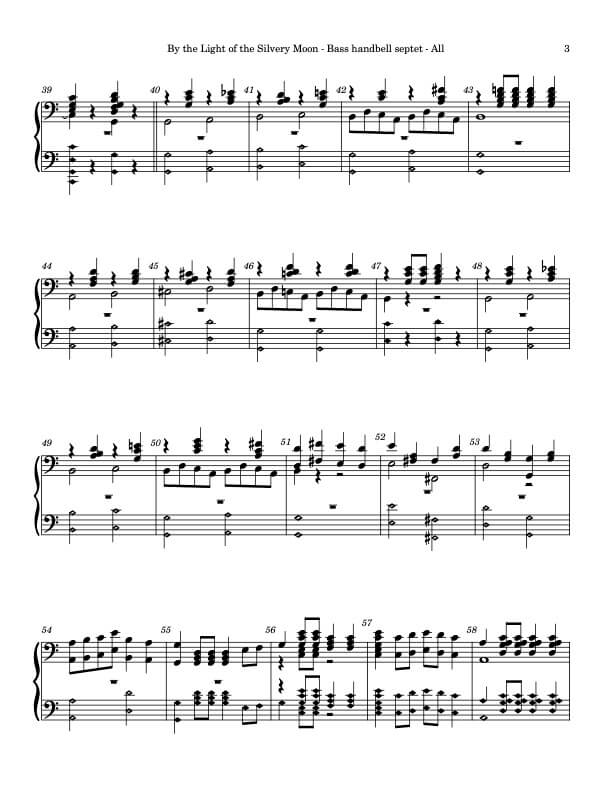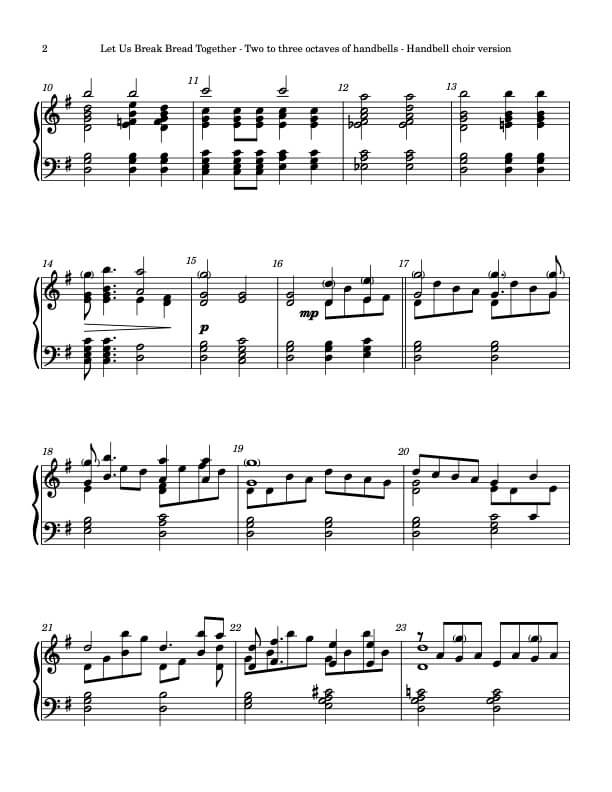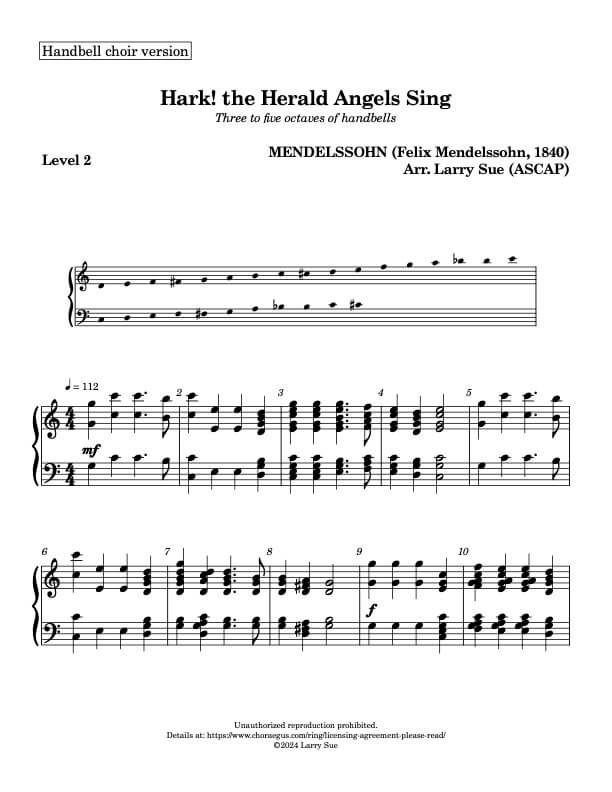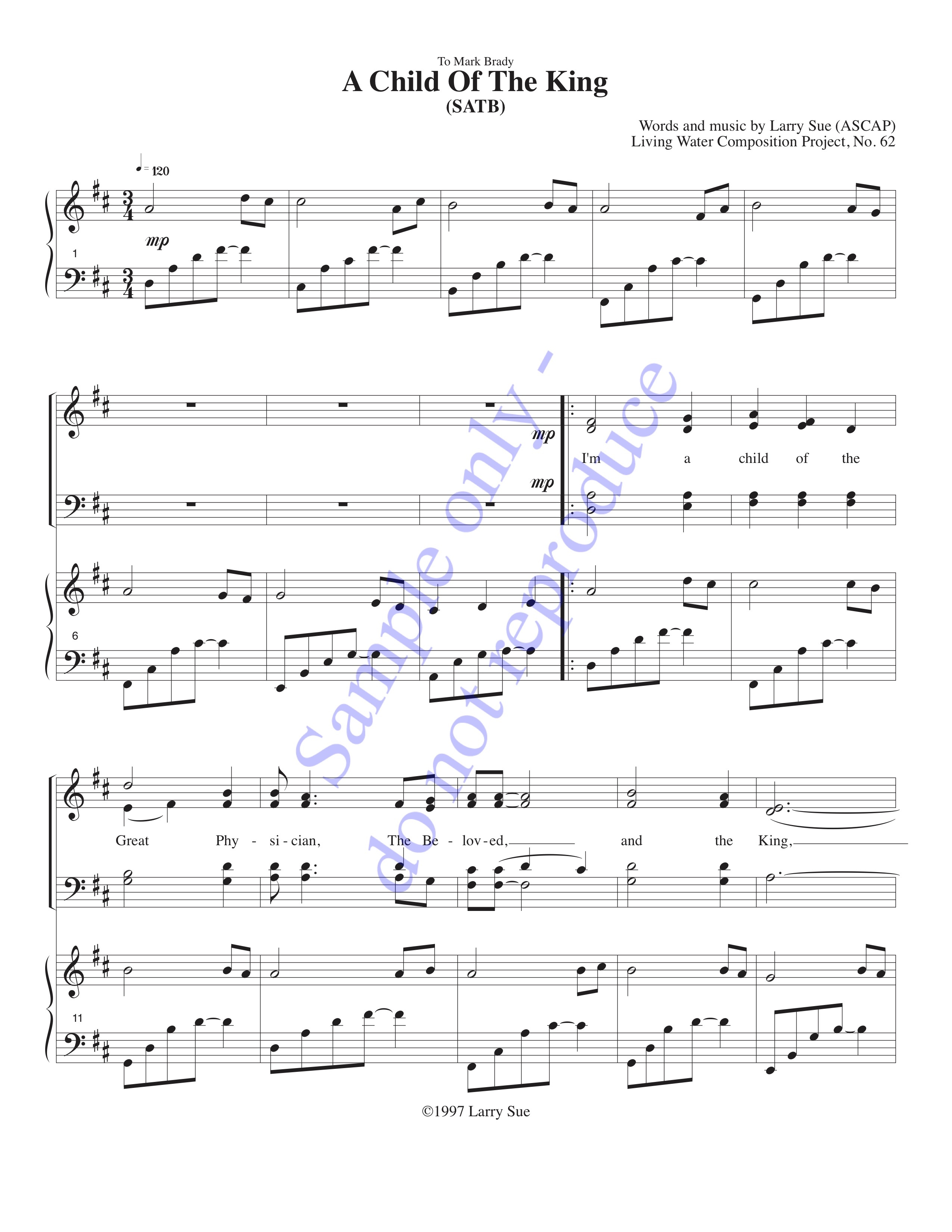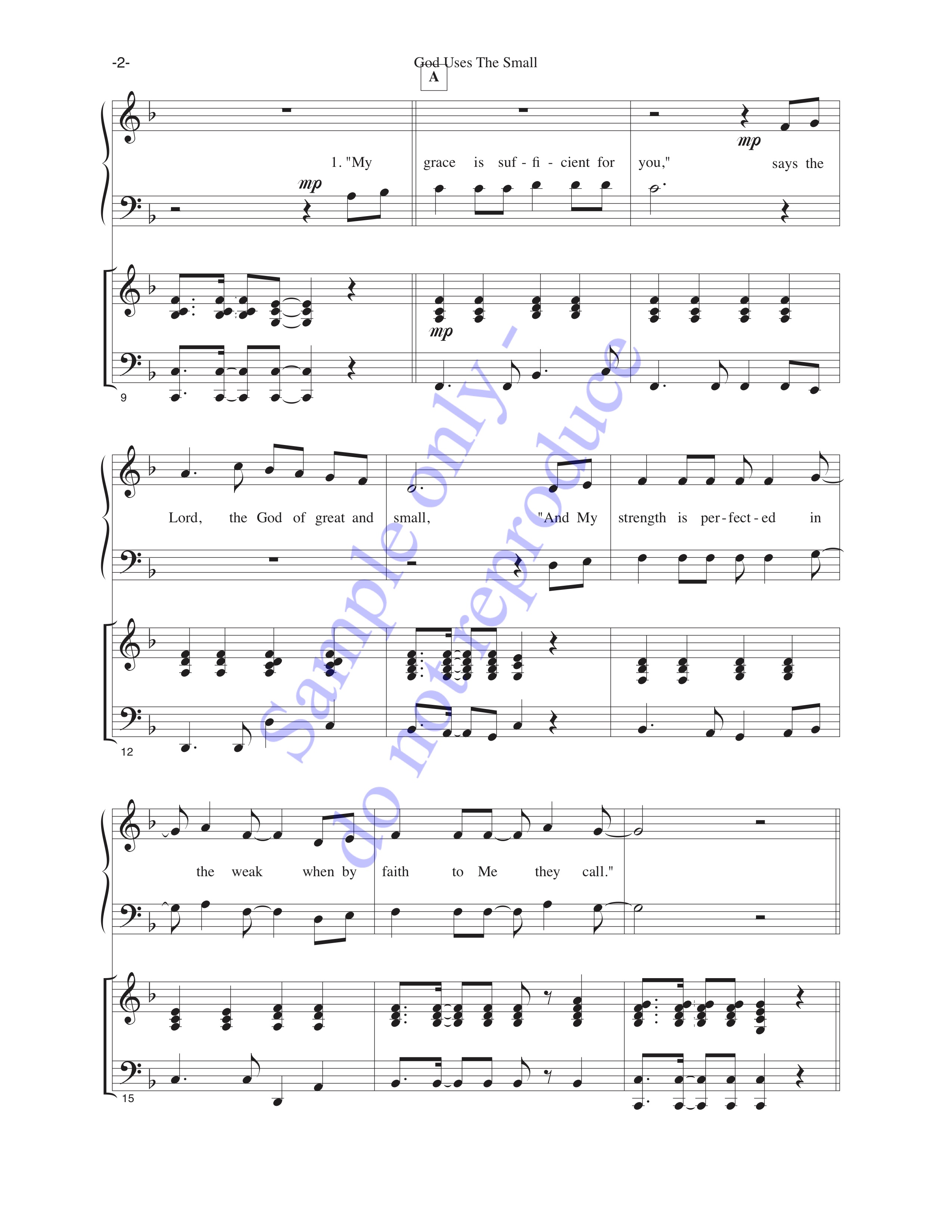Vowels are the power and tone of the music. The best effect occurs when our vowels agree with each other. Unfortunately, people from different places have regional concepts of how those vowels sound. For instance, native West Coast singers sing with an “average” American accent similar to what newcasters tend to use. Upper Midwesterners tend to sing with the slightly flattened vowels that come with the territory. And it’s possible to sing with an affected Southern twang.
That means vowel unification must have an agreed-upon starting point. My preference is the “Latin” vowels:
- A = “ah” as in “father”
- E = “eh” as in “pet”
- I = “ih” as in “did”
- O = “oh” as in “lone”
- U/OO = “oo” as in “mood”
There are compound vowels as well:
- A (long) = AY = E + I
- I (long) = AH + EE
- EW = EE + OO
- OW/AU = AH + OO
- OY = OH + EE
The traditional convention for singing compound vowels is to give the first part (e.g. the EE in “EW”) as much time as possible, and to make the second part (e.g. the OO in “EW”) as short as possible.


